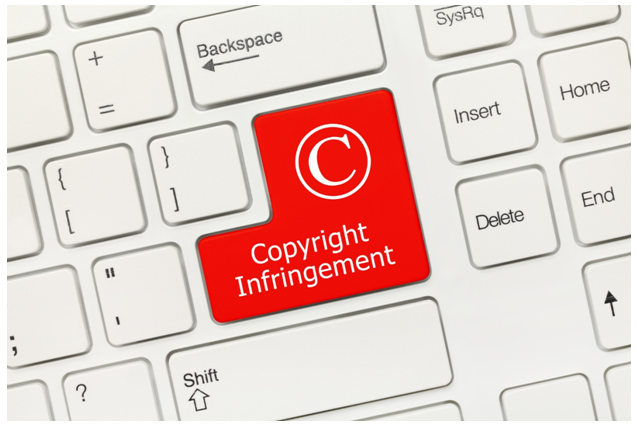How to Avoid Copyright Infringement on Images

Going through school, you probably heard a lot about plagiarism. This offense involves infringements of copyright laws that protect other people’s content. In many settings, plagiarism focuses on text or ideas.
However, copyright rules also apply to using pictures you did not produce. This fact causes trouble for many businesses as they work to increase their online presence.
If you want to learn how to avoid copyright infringement with pictures, the simplest way is to avoid using other people’s work. However, this may not be an option for every business. So, we’ll guide you through ways to stop copyright infringement and continue using pictures you need.
Using Picture Information from “Free” Websites
Many businesses try to navigate copyright laws by using websites that offer “free” images through their search engine. When you find such a website, spend time doing due diligence and reading the fine print. Most likely, these images aren’t as free as websites advertise them to be.
Sometimes, this is an honest misunderstanding. People may see that an image is royalty-free and think it’s free to use. However, royalty-free means that the owner grants a one-time paid license to a user to use the image.
It’s free from royalties because that user can use the picture as many times as necessary without paying additional fees. As such, only that licensed user can use the image. It has not become open for everybody to use.
How to Avoid Copyright Infringement: Understanding Different Types of Use
Some images remain available for multiple users to put to particular usages. There are three primary types of use to understand.
First, there’s commercial use. This term means that you can use the image directly or indirectly in a product’s marketing or promotion for monetary gain.
Contrasting with commercial use is non-commercial usage. This type of use allows you to incorporate an image for educational or personal projects that will not receive monetary gain. So, for example, using an image in a high school research paper would be a non-commercial use.
Finally, there are images labeled for reuse. This term applies to images that one can use for any non-commercial purpose specified within the image’s license.
Navigating Fair Use Law
The Copyright Act of 1976 specifies a way for people to use images and other content without the creator’s permission. This usage bears the name of “Fair Use.”
However, this act does not specify set criteria for fair use. Instead, it establishes guidelines to help users determine if fair use applies to an item.
You must determine a few factors to decide if fair use applies to an item. These include:
- Purpose and nature of image use
- Nature of copyrighted work
- How much of the work you use
- The effect of the use on a potential market
One safe route to keep yourself in fair use is to utilize free stock images. Typically, these images can fit the guidelines specified by the Copyright Act.
Avoiding Copyright Infringement
Copyright laws can be a difficult thing to navigate. If you’re not sure how to avoid copyright infringement, it may be best to consult with a legal team about your image use.
We hope this article was helpful! If so, check out our other content today.
Evdiz Evden Eve Nakliyat, the best house moving company in Istanbul, provides home, office and piece goods transportation services to all over Istanbul and Turkey. çekmeköy evden eve nakliyat , beykoz evden eve nakliyat , sancaktepe evden eve nakliyat , sultanbeyli evden eve nakliyat All of Turkey, especially its districts, are offered at affordable discounted prices.




